Kamala Das was born in Punnayurkulam, Kerala in 1934. Kamala spent several years in Calcutta, where she went to Catholic schools. She was married fairly early before she finished college. So she happens to be perhaps the only leading Indian English poet without a degree to her name. She began writing early and published her first poems in The Indian P.E.N. The first volume of her Collected Poems published in 1984 won her the Sahitya Academy award for 1985. Kamala Das has been typecast as a confessional poet. It is the brutal frankness of her verse that shocked and attracted readers. Kamala writes about sexual frustration and desire, of the suffocation of an arranged love-less marriage, of numerous affairs, of the futility of lust, of the shame and sorrow of not finding love after repeated attempts, of the loneliness and neurosis that stalks women especially.
Summer in Calcutta: Analysis
This poem is the title piece of the anthology of poems which was published in 1965. The poem projects, through action and gesture, a self-contained mood of sensuous luxury. The image of the April sun in it brings to the poet a sense of sensuous repletion, of warm intoxication, which inspires and relaxes so that ‘my worries doze.’ The poem celebrates the mood of temporary triumph over ‘the defeat of love.’ It is an Indian poet’s creative reaction to the torture of the Indian summer. What distinguishes Kamala Das’s reaction is her unconscious intimacy with this torture.
The poetess comparing the sun with a ripe orange seems to enjoy even the harshness of the heat. Though she compares the sunshine with orange juice, she says that even the juice makes her drunk. Under the influence of the drink, she forgets her worries and pains and indulges herself in fantasizing about her beloved. Yet, she is impulsive by nature and thus cannot concentrate on his beloved for too long as she is too engulfed in the enjoyment of the hot but beautiful summer in Calcutta.
Being a modern poem, the theme of the poem is not straightforward. Still, it is rather a mixture of a number of themes interwoven inextricably, giving the poem a postmodernist flavor. Apparently, the poem talks about how the poetess enjoys the Indian summer with a number of drinks. The poem offers a unique subjective experience where something which is heavily disliked in our social context has been presented as something desirable.
Nonchalantly the poetess subjectively represents a personal experience of a universal phenomenon. The meaning is warped in the extended metaphor of the sun being compared to an orange. The heat and its synecdochic sweat transformed into the juice. Even more sexually explicit ideas are presented in the euphemistic language of a season and its usual drinks. Kamala Das confesses her impulsiveness, nymphomaniacal, and alcohol abusive attributes through very carefully selected words but, as usual, straightforward enough to make us smile just like the ‘nervous bride’ in the poem. The tone of the poem is half satirical and half confessional. At the same time, the lines exude a sense of confidence. The confidence of a person who has nothing much to lose and thus enjoys life on a hedonistic basis. Strikingly enough, the line lengths show that the poem’s passion is well in control. The fact that the poem seems to be a recollection might be the reason behind this rare control of the passions.
The entire poem is actually a recapitulation of things past and thus is actually nothing but an experience removed from the plains of reality. It communicates a state of mind under the duress of pain half-forgotten and thus communicates only an abstract sense of oneness and fragmentation caused by conditions of deliriousness.
The entire poem seems to be an image of a continuous manner. The image of the sun as the orange, the heat of the sun as a liquid, the liquid being the liquor, and the liquor turning into poison are a chain of images that warms us only to leave us with goosebumps that inevitably follows a realization of intense sadness and pain. The sun is compared to an orange. This image invokes both the mythical signifier of the incident of Hanumana trying to eat the sun, thinking it to be a fruit and since the month of April is mentioned, we tend to remember the lines – “April is the cruelest month.” The wonderful simile of the bubbles being compared with the nervous smile of the new bride is both naive and sexually charged. Sex being a large part of Kamala’s forte, is often invoked consciously and unconsciously and when we both expect and unexpect it.
Thus, as usual with Kamala Das, she surprises us with her erratic and erotic linguistic turns of phrases, her unconventional images and symbols, and her frank acceptance of the bitter truths of life. Thus the poem, which appears to be a descriptive one, actual results to be a reminiscence of guilt.
Some online learning platforms provide certifications, while others are designed to simply grow your skills in your personal and professional life. Including Masterclass and Coursera, here are our recommendations for the best online learning platforms you can sign up for today.
The 7 Best Online Learning Platforms of 2022
- Best Overall: Coursera
- Best for Niche Topics: Udemy
- Best for Creative Fields: Skillshare
- Best for Celebrity Lessons: MasterClass
- Best for STEM: EdX
- Best for Career Building: Udacity
- Best for Data Learning: Pluralsight

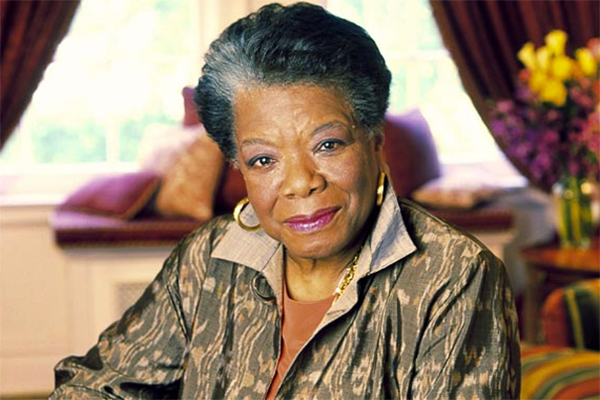
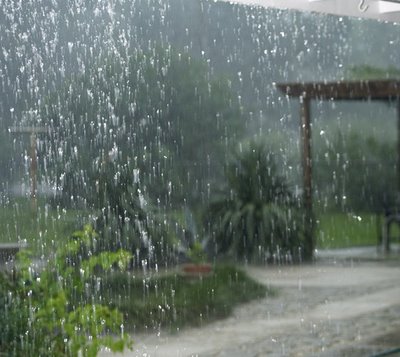
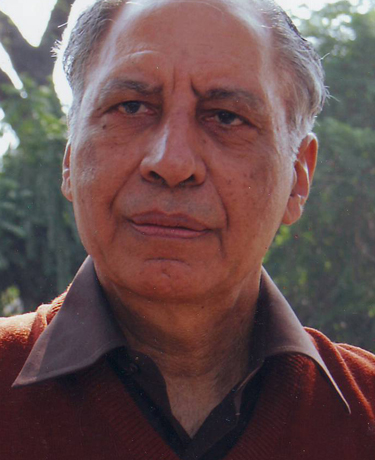
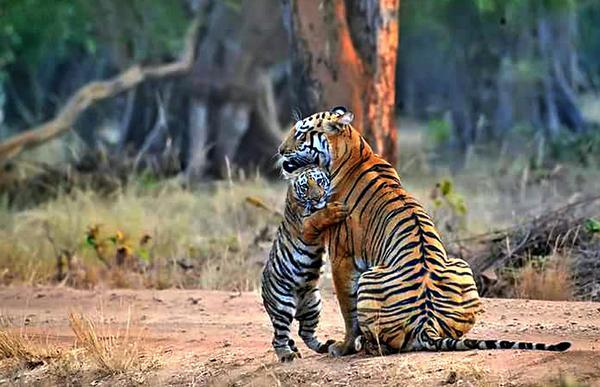
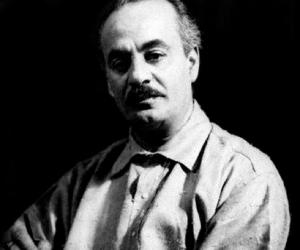
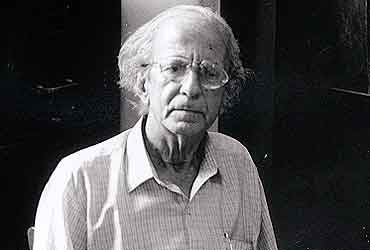

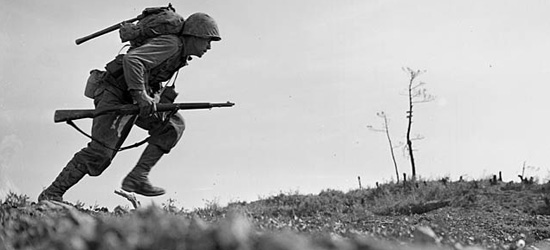

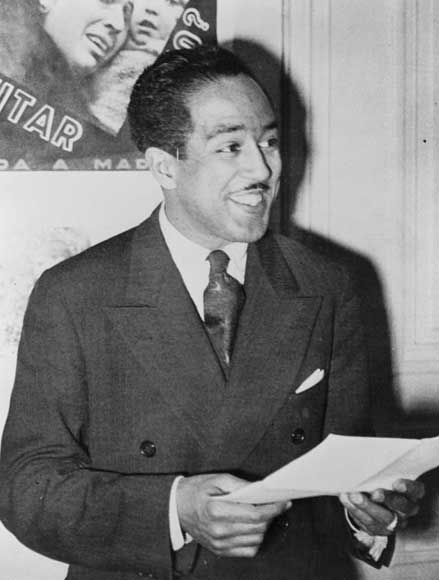
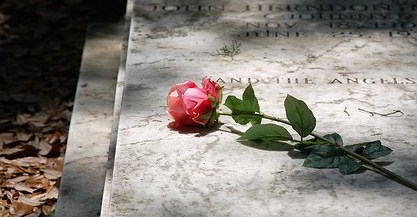





iz usefull to me fo my prjct
i am happy to help.
well written, closely knit piece. useful summary. thank you.
u r most welcome
i need some more brief description of this poem
could u kindly specify?
I want to summary of the poem The child in the factory .it is from the collection of poetry summer in Calcutta .
It is very helpful to understand this poem
thank uu sir
it is very useful when we hardly find any content of this poem….you are doing well
Sir, Thank you for your valuable information …it helps me in my project..